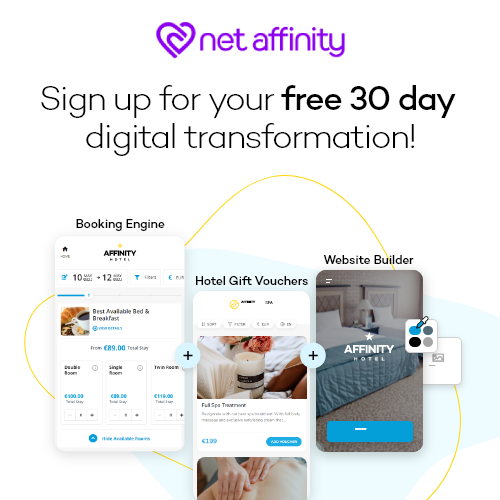Does great design help you get more guests in your hotel? If it does, how and why does it work?
The answer is yes – it’s called Conversion Centered Design (CCD).
Conversion centered design is focused around the goal of converting your website visitors into paying guests. Unbounce breaks it down into 7 basic psychological principles, including attention, coupling, context, congruence, clarity, credibility and continuance.
Unpacking and applying these principles successfully has become possible with big data. Hotel websites that adhere to best practices have a much higher look-to-book ratio than websites that ignore them. It’s not about how attractive your website is. Instead, there’s a laser-sharp focus on driving bookings and converting visitors.
Travelers doing research tend to flit quickly from site to site as they look for what they need. You only have 3 to 5 seconds to grab your visitor’s attention. After that, you need to persuade them you’ve got something worth sticking around for!
To do that, you must understand what good design is. You need to know where to focus your design efforts. Common CCD techniques include colour and contrast, the use of white space, encapsulation, directional cues and more.
Why is conversion centered design so effective, though?
CCD is design as form and function together. Today, we’ll explore what that means for website visitors, and a few cool tools to help you figure out how well your website design is working. After that, we’ll talk about the buying process, the importance of getting your potential guests’ attention (it’s easier than you think!) and how landing pages are key to a good conversion strategy.
Improving conversion is about getting visitors attention and then getting rid of any reason they have to leave during the booking process, or ‘minimising abandonment conditions.’
Check out the presentation to figure out how design is going to help you get more guests, and let us know about any suggestions you have – we’re always learning!



